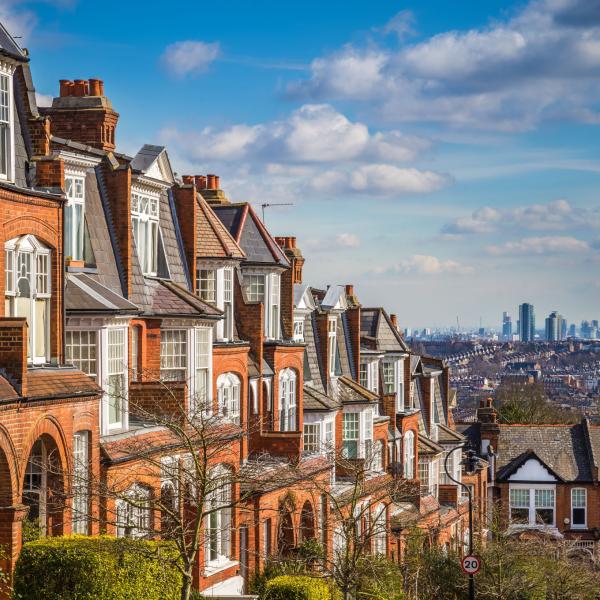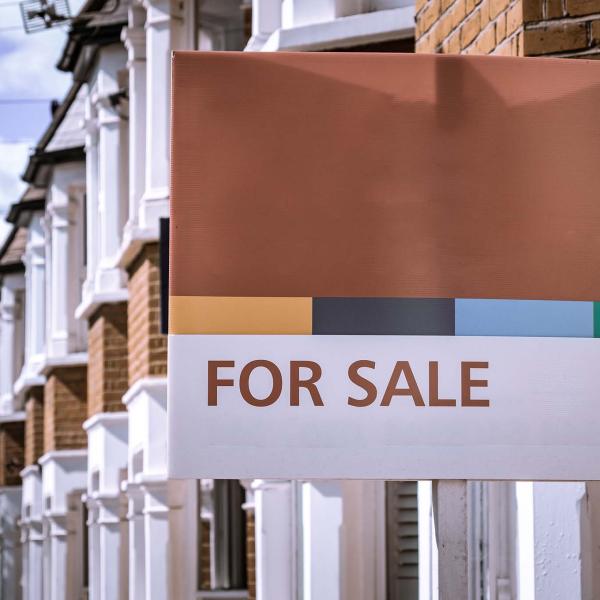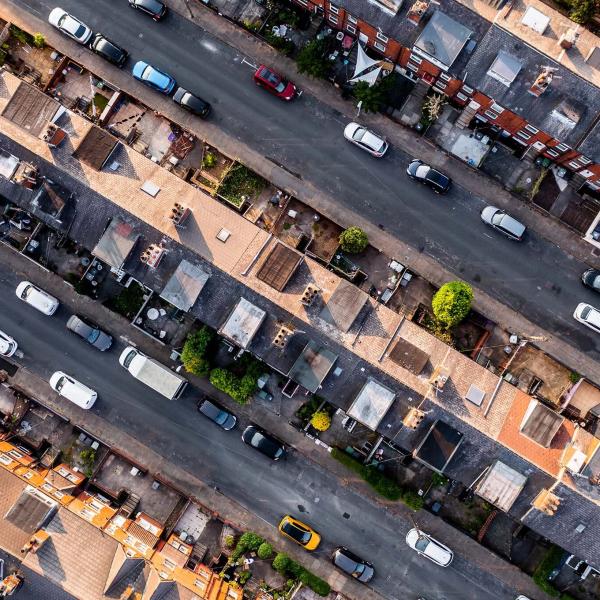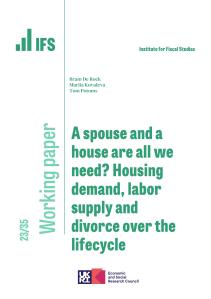Local housing allowance (LHA) rates – which govern the maximum amount of support for their rent that low-income private renters can get – have been frozen in cash terms since April 2020. But rents for new lets have increased by more than a fifth on average. The result is that the proportion of new private rental properties on Zoopla affordable to housing benefit or universal credit recipients – i.e. with rents that can be covered by the LHA – has plummeted from 23% to 5% since the freeze, a tiny proportion compared with the 38% of private renters who receive housing benefit.
This is the lowest level on record. While there is some variation between the nations and regions, this decline in affordability has been felt across Britain, with the share of properties that are affordable for benefit claimants ranging from 2.5% in Wales to 6.9% in the North East.
These are among the findings of new analysis by IFS researchers, funded by the Joseph Rowntree Foundation, which investigates the affordability and quality of private rental housing for low-income people.
Other findings include:
- As the pool of affordable properties has shrunk, the quality of these properties relative to the average has declined. By 2023Q1, affordable properties had 19% higher heating and hot water costs than the average, a gap that has grown as rents have raced ahead of housing benefit entitlements. Given the huge increases in energy costs, this will have hit those who do manage to find ‘affordable’ accommodation especially hard.
- Low-income families in private rented properties were in any case much more likely than social renters or owner-occupiers to be living in homes that are hazardous, in disrepair, difficult to adequately heat or lacking modern facilities. Around a quarter of private rented homes lived in by low-income people would fail the Decent Homes Standard which social rented properties are legally required to meet, compared with just 18% of owner-occupied homes and 12% of social rented homes.
- The state of the private rental sector has become more important for understanding the nature of poverty in recent years, as it has filled the gap left by decreasing homeownership rates among low-income families since 2008. Younger low-income people are especially likely to be living in private rented accommodation. Half of lower-income 25-year-olds born in the 1980s are private renters. At the same age, 26% of those born in the 1970s and 13% of those born in the 1960s were private renters.
Tom Wernham, Research Economist at IFS and co-author of the report, says:
‘Compared with homeowners, renters in the social and private sectors face higher rates of poverty and lower living standards. With housing support frozen and falling well behind rents, only 1 in 20 newly listed private rental properties could be covered by housing benefit. And the properties that are covered by benefit rates are of lower quality and more expensive to heat than the average. If these benefit freezes are maintained, private rents will become increasingly unaffordable for those on low incomes.’
Darren Baxter, Principal Policy Adviser at JRF, says:
‘Private renters on low incomes are seeing the number of properties they can afford shrink dramatically as housing benefit fails to keep pace with soaring rents. Clearly, the government’s freeze on local housing allowance (LHA) is unsustainable.
‘Even if renters can find somewhere affordable to live, it’s likely to be a home that’s unsafe or in disrepair. These homes are also harder to heat, leaving renters facing energy bills they just can’t afford.
‘As more people on low incomes rent privately, it’s crucial that the government unfreezes LHA and ensures it reflects market rents so that families aren’t forced to choose between homes that are unsafe or homes they can afford.’










